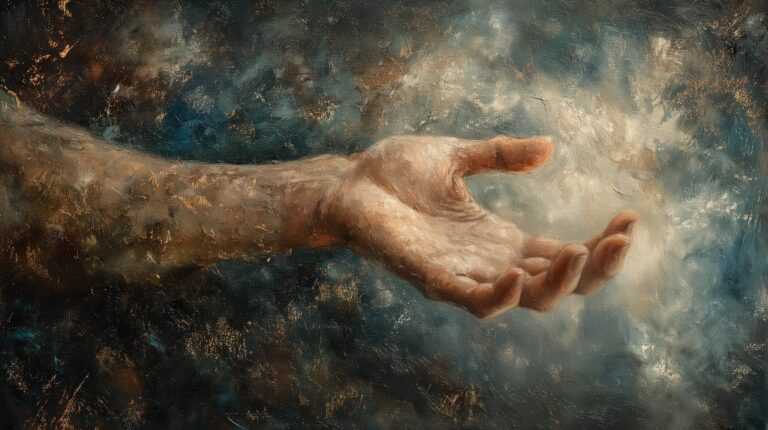“Now the LORD said to Moses in Midian, ‘Go back to Egypt, for all the men who were seeking your life are dead.’ So Moses took his wife and his sons and mounted them on a donkey, and returned to the land of Egypt. Moses also took the staff of God in his hand” (Exod 4:19-20). I’m not sure the author of the Torah meant to be funny, but when you think about it, this is a very humorous passage. Moses has just been called to deliver his people from the strongest nation on the planet. Now the time has come for Moses to mobilize all his forces for battle. His military is comprised of a Gentile wife and their two sons. His weaponry is comprised of a donkey and a staff. As we say in Hebrew, “Yallah, let’s go to Egypt and kick Pharaoh’s pants!” Although Moses appears to be seriously understaffed, his army was the single greatest military force the world has ever seen. Why? Because “Moses also took the staff of God in his hand.” That staff, just like the burning bush, represent God’s indwelling presence and his omnipotence to do exactly what he promised: to overthrow the Egyptians and bring his people to the Promised Land. How thankful I am that our victory doesn’t depend on the size of our army or the stockpile of our weaponry, “for the Lord is not restrained to save by many or by few” (1 Sam 14:6). Let us lean with all our might upon God’s promises, remembering always that the battle and its victory belong to the Lord! “Listen, all Judah and the inhabitants of Jerusalem and King Jehoshaphat: thus says the LORD to you, ‘Do not fear or be dismayed because of this great multitude, for the battle is not yours but God’s'” (2 Chron 20:15).

The Servant of the LORD as the Arm of the LORD
What’s the connection between “the arm of the LORD” and “the servant of the LORD”? In the story of the exodus, they represent respectively God’s divine power and His human vessel. The arm of the LORD symbolizes the LORD’s strength and might in His bringing His people from slavery to freedom, while Moses as the LORD’s instrument was called His servant.
The difference between the two is clear. The first is divine, and the second is human. Against this backdrop, it is surprising to discover that in Isaiah chapters 40 to 53, the motifs of the arm of the LORD and the servant of the LORD are used in a way that both demonstrates their distinctiveness but also brings them to a point of correlation which is as significant as it is unexpected.
In those chapters the use of both the motif of arm of the LORD and servant of the LORD is noteworthy. Each of them is charged with its own individual import, and they represent, as in the story of the exodus, the power of the LORD on the one hand and his human instrument on the other. We will look briefly at each, starting with the servant of the LORD.



